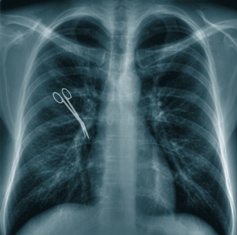by Godfrey Onime

A few months ago, I walked into a patient’s hospital room, introduced myself, and sat on a chair next to her bed. After a quick review of her condition, I stood to examine her. The woman stopped me.
“No offense, Doc,” she said, “but did you wash your hands?”
I was shocked by the seemingly simple question. No patient had ever before challenged me in this direct manner. I explained that I had indeed used the disinfectant solution by her door before entering. But I proceeded to wash my hands at the sink in her room anyway, making a show of using ample soap and scrubbing as high up as my elbows. Then, I examined her.
Concerning her challenge, the woman explained the source of her empowerment. She’d learned that according to a governmental report, medical errors kill nearly 100,000 Americans per year–perhaps a low estimate. She also understood that a large proportion of the deaths are related to hospital-acquired infections, which nurses and doctors can introduce by not washing their hands before touching patients.
I was familiar with the report. It is the now-famous Institute of Medicine’s (IOM) 1999 publication, To Err is Human. It attributed the dismaying figures of 48,000 to 98,000 deaths per year to medical errors. That number would translate to a Titanic cruise ship crammed full of people crashing into an iceberg every one to two weeks, killing everyone on board. The press ran with the numbers—statistics that are still widely cited today. But the report also drew intense criticisms, notably concerning the research from which those figures were gleaned, particularly the estimate of 98,000 deaths. Read more »
